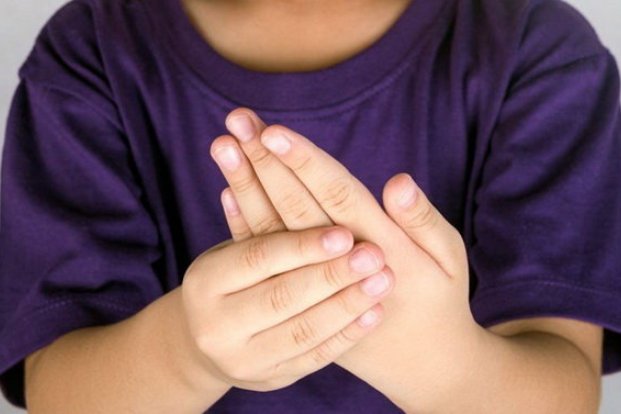Arthritis and Children
Apr 19, 2022
Arthritis is a common disease which leads to pain and inflammation of joints. Over 10 million people are affected by it every year. Children too are a victim of arthritis and in fact, there are several forms of juvenile arthritis. Children in developed countries like the UK too are affected by arthritis.
Generally, Arthritis is associated with older individuals however, it also affects children. Most kinds of childhood arthritis are called JIA or juvenile idiopathic arthritis. JIA leads to inflammation and pain in 1 or several joints for at least 6 weeks. Although the precise reasons for JIA are not known, the symptoms usually improve when children get older which means they can live a normal life.

Types of Juvenile Arthritis:
- Oligo-articular JIA
Oligo-articular JIA is most common kind of JIA. It affects lesser than 5 joints of the body, very commonly in knees, wrists, and ankles. Oligo-articular JIA has good rates of recovery and also its long-run effects are rare but there is the risk that a child with this condition may have problems in his eyes, therefore, regular eye checkups with an eye care specialist or ophthalmologist are recommended.
- Polyarthritis or polyarticular JIA
Polyarticular JIA or popularly known as polyarthritis has effects on 5 or more body joints. It may develop at any age of childhood. The symptoms of polyarticular JIA are similar to symptoms of Rheumatoid arthritis in adults. The condition is usually accompanied by a high temperature of 100.4 F or 38 deg C or above and a rash.
- Systematic onset JIA
Systematic Onset JIAs begin with the symptoms like rash, fever, enlarged glands and lethargy or lack of energy. In the later phase, the joints could get inflamed and swollen. Like polyarticular JIA the systematic onset JIA affects children at any age.
- Enthesitis-related arthritis
Enthesitis-related arthritis is a kind of juvenile arthritis which affects teenagers or older boys. It can lead to pain in soles of feet and around knee & hip joints, where ligaments are attached to the bones.





